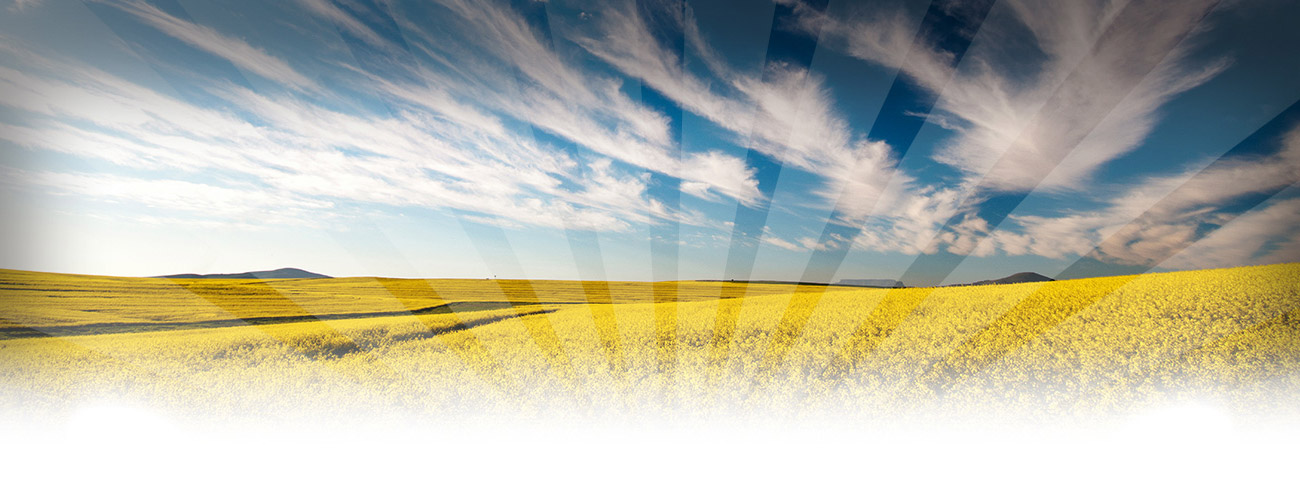

April 2016
What is MUN?
Most milk tests report milk urea nitrogen (MUN) levels, and these values can provide significant insight into how dairy cows are using ration protein. MUN is a natural occurrence in cows, and is caused by protein consumption. When cows ingest protein, it is either broken down in the rumen to become available to rumen microbes or escapes to be an available supply of protein and amino acids to the cow for milk production.
Excess ammonia from the breakdown of protein from either source is converted to urea in the liver, where it enters the blood and is removed by the kidneys. The concentration of urea in blood is very similar to urea in milk, so measurements from milk provide a convenient, non-invasive tool for evaluating the protein status of the dairy herd.
Maintaining high levels of milk production is the chief goal of most dairies. Very low MUN levels indicate that the diet is not providing enough protein to the cow, and production is likely down from the peak.
On the other hand, protein is costly, so a high MUN level reflecting poor protein utilization often indicates that changes can be made to the diet to provide adequate protein while not overfeeding.
As mentioned above, milk urea nitrogen comes from two sources, one being the rumen. There are two ways protein breakdown in the rumen could be causing high MUN levels:
The other source of urea that contributes to MUN is from endogenous production by the cow. This can be high when:
It is very easy to meet the protein (nitrogen) requirements of rumen microbes. Most silages contain significant levels of readily available rumen protein. Therefore, when supplementing proteins, it is desirable to use a supplement that provides ample amounts of rumen undegraded protein (RUP).
RUP alone will not result in low MUN levels. Too much RUP results in waste, which the cow needs to convert to ammonia. When cows are producing well, but MUN levels are high, it is time to reevaluate the total protein supply.
Milk urea nitrogen also provides an indication of protein efficiency. In a recent study conducted at the University of Nevada (reported in the Journal of Dairy Science, Volume 98, Supplement 2, page 387), cows were given the same amount of protein from either soybean meal or canola meal. Milk protein yield (pounds/cow/day) was higher with the diet containing canola meal, meaning that the protein in that diet was used more efficiently and less was wasted than with the diet containing soybean meal. This was reflected by a lower MUN value, as the table below indicates:

MUN levels are a great indicator of feed efficiency with cows, and can help determine where cost-saving changes can be made to the ration without sacrificing production. To learn more about canola meal and its value as a protein source, visit the Dairy page of Canolamazing.com.